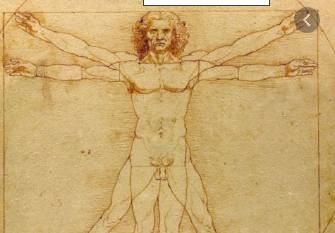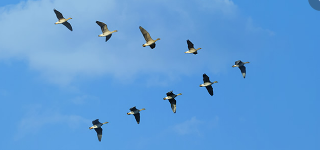Leonardo da Vinci was the ultimate Renaissance man: an accomplished scientist, mathematician, engineer, inventor, anatomist, painter, sculptor, architect, musician, and writer. If you want to think like da Vinci, you should appreciate how Leonardo da Vinci learned.

One of many of da Vinci’s great skills was an unbounded curious approach to life and unrelenting quest for continuous learning. Great minds have one characteristic in common: they continuously ask questions throughout their lives. Leonardo’s endless quest for truth and beauty clearly demonstrates this.
What makes great minds different is the quality of their questions. You can increase your ability to solve problems by increasing your ability to ask good questions. Like da Vinci, you should cultivate an open mind that allows you to broaden your universe and increase your ability to explore it. Let’s apply an example:
Have you ever witnessed the energy and commitment of your favorite sports team or well-rehearsed cast in a great play? What you saw was more than just teamwork — it was team synergy, a phenomenon that occurs when a team achieves greater results than the sum of its parts. It is not just about a single individual, it is about the passion and the talent of every member, creating a strength that can conquer the biggest challenges.
We live on one of the Finger Lakes in upstate New York. Every year we witness Canadian geese overflying our homecoming into the region in the spring and leaving in the fall. We have done a lot of watching, studying, and questioning these birds’ habits. Here are some key things we learn about teamwork from our observations:
Observation: Flying in formation
Conclusions:
As the birds flap their wings, they create an aerodynamic uplift for the following bird
By flying in a V formation, the whole flock adds a 70–80% greater flying range than any bird were to fly alone.

What we learn about teamwork:
When we share a common goal and sense of direction, we can get where we are going more quickly and easily by working as a team.
Observation: Rotation of the lead bird
Conclusion:
Flying on point requires more energy expended … when the lead bird tires, it falls back and another bird takes the lead.
What we learn about teamwork:
When we take turns with the more difficult tasks and share leadership, we become more interdependent as a group.

Observation: Geese in formation honk frequently
Conclusion:
The birds honk to encourage those up front to keep up their speed
What we learn about teamwork:
By giving positive encouragement to team members, we strengthen the team
Observation: When a goose gets sick or injured, it never leaves the formation alone
Conclusion:
Two geese drop out of formation and follow the injured goose down to help and protect. They stay with the goose until it is able to fly again or dies
What we learn about teamwork:
Giving aid to each other in difficult times makes us all stronger.
The bottom line
So if you want to learn like da Vinci …
Be curious and ask yourself lots of questions that you should try and answer. Never stop learning and living a full life.
Live as if today will be your last day and learn as if you will live forever.
